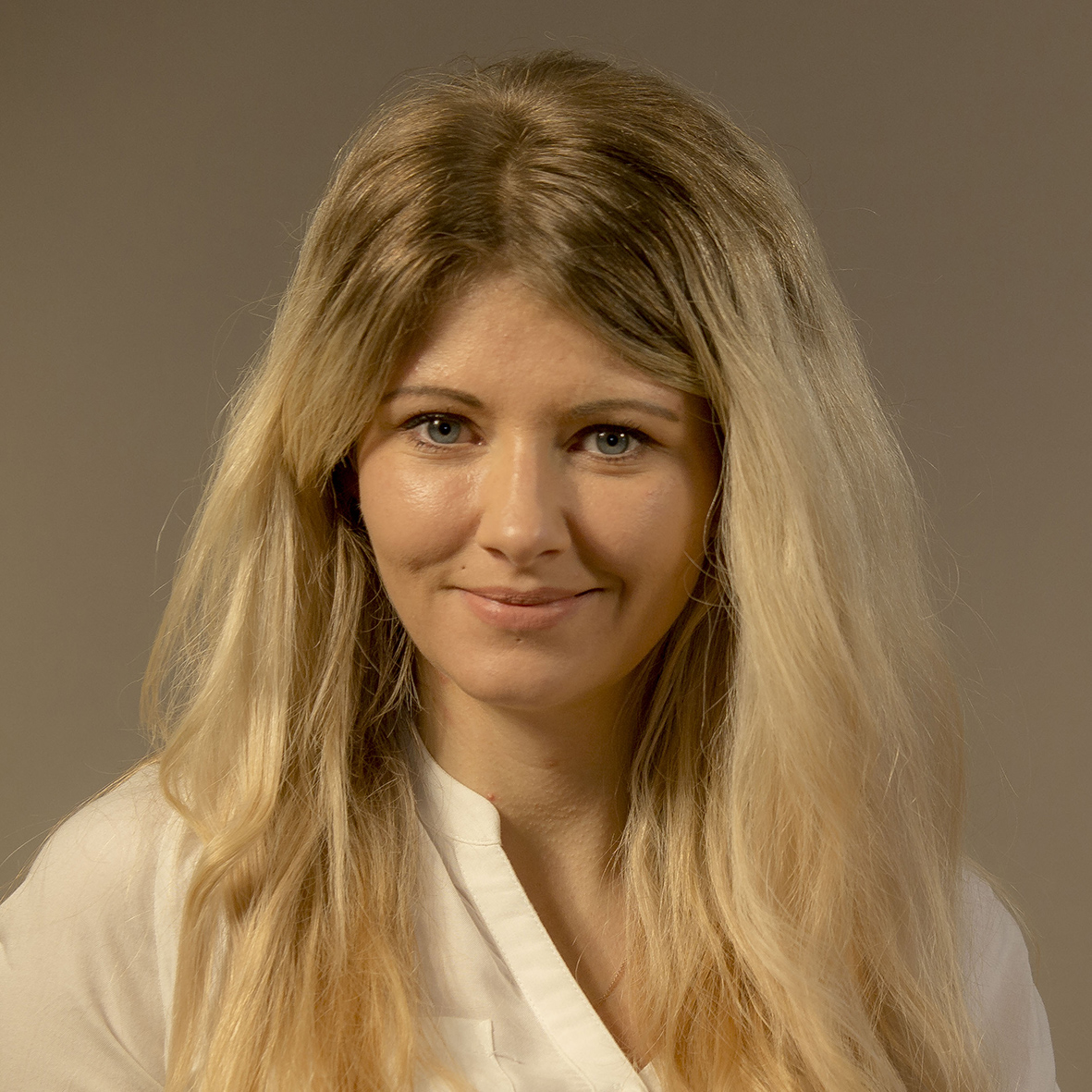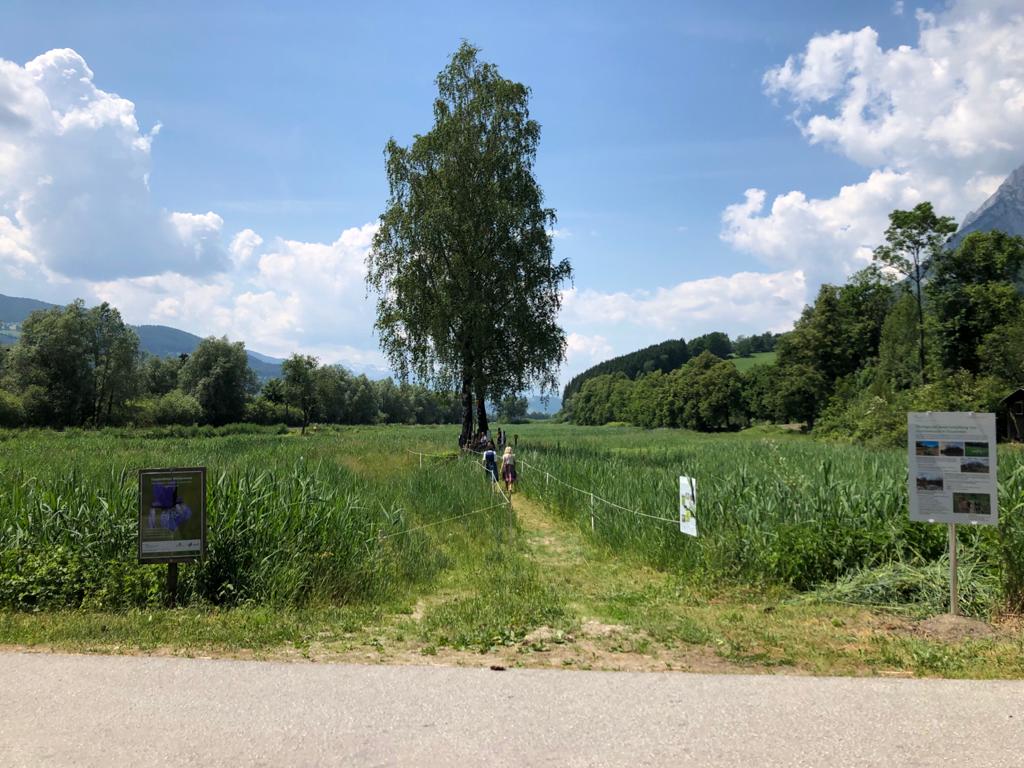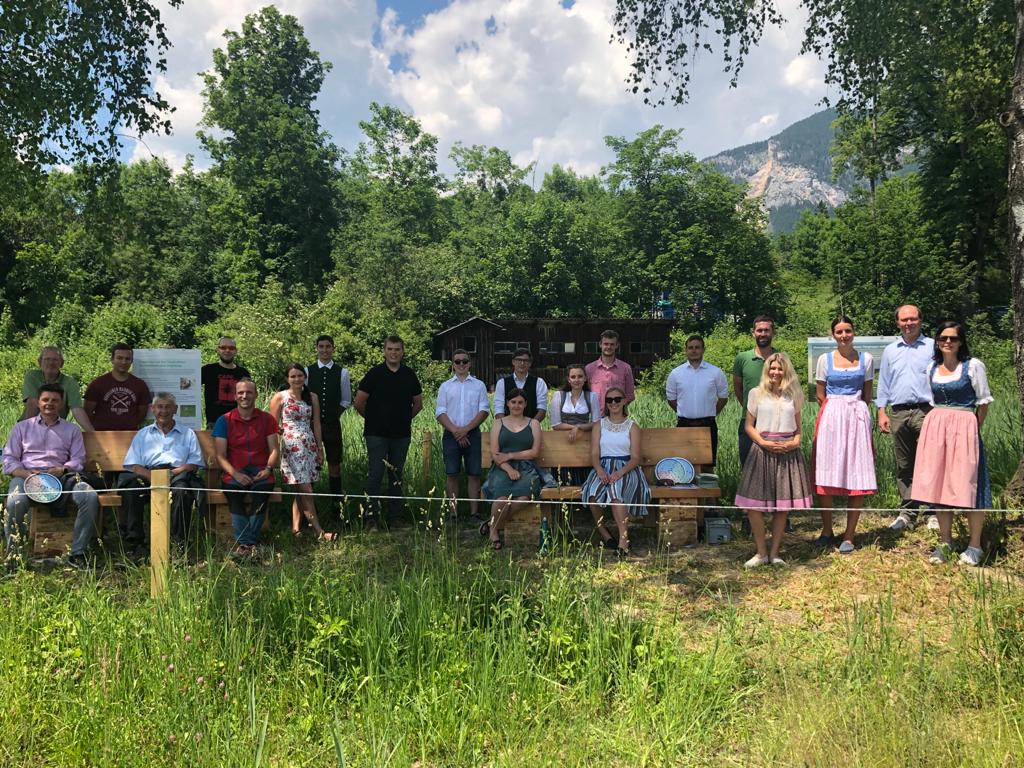Gernot Schwab took over the project management at the school, and the research acquisition department headed by Renate Mayer and Walter Starz from the Institute for Biological Agriculture coordinated the measures.
Origin
On June 18, 2021, the nature trail was presented as part of a local inspection directly between the Ennstal federal road B320 and the railway line below Trautenfels Castle. The area is now another green building block to the existing iris meadows. A species-rich flowering meadow with added value for agriculture and an “open-air classroom” were rebuilt from a former fallow area in many steps.
Presentation and partners
The students presented the technical content and infrastructure measures in cooperation with the research partners, the research acquisition department and the Bio-Institute of the HBLFA Raumberg-Gumpenstein.
The mayor of the municipality of Stainach-Pürgg, Roland Raninger, and Gerhard Schmiedhofer, representative of the Styrian Nature Conservation Association, were also interested in the measures and took part in the discussions. In the territory of the municipality of Stainach-Pürgg there are not only numerous protected areas, but also many valuable flowering meadows that are managed ecologically.
After the welcome and a short introduction by Renate Mayer (Research Acquisition) and Walter Starz (Bio-Institute), the students Christina Walcher & Georg Weinhandl took over the moderation. They explained the measures taken on site and in the workshops. In the center of the nature trail, the technically gifted students built larch benches between two birch trees that could be easily integrated into the landscape as a shady rest area. Nesting boxes for hoopoes and wrynecks as well as a dormouse were also built and installed. A phenological hedge is used to observe the plant phases throughout the year and makes a valuable contribution to the food chain.
Her supervisor Gernot Schwab explained the theoretical effort involved in this project from planning to implementation. Mayor Roland Raninger recognized the outstanding performance of the students and the interaction between research and teaching for this ecologically valuable educational path in his community.
The props and information boards were then presented by the team of students and researchers, including bird expert Kurt Krimberger, biologist Verena Mayer and the team Christine and Stefan Resch (apodemus Private Institute for Wildlife Biology). In this shady and cozy atmosphere, the panels on amphibians, small mammals, plants, birds and wetland management come into their own. The expandable modular system offers the best opportunities for teaching and research in nature.
During a question and discussion session it was noted that further projects of this type will follow. The “open-air classroom” offers school classes and the general public interesting information about nature at the foot of the Grimming and invites you to linger. With our project we would like to raise awareness of nature conservation and the preservation of the biodiversity of flowering meadows through ecological land use practices in the Ennstal.
team

Mag. Verena Mayer
Acquisition
Mag. Kathrin Blanzano
Acquisition
DI Renate Mayer
Acquisition
Dr. Walter Starz
Organic grassland and agriculture







